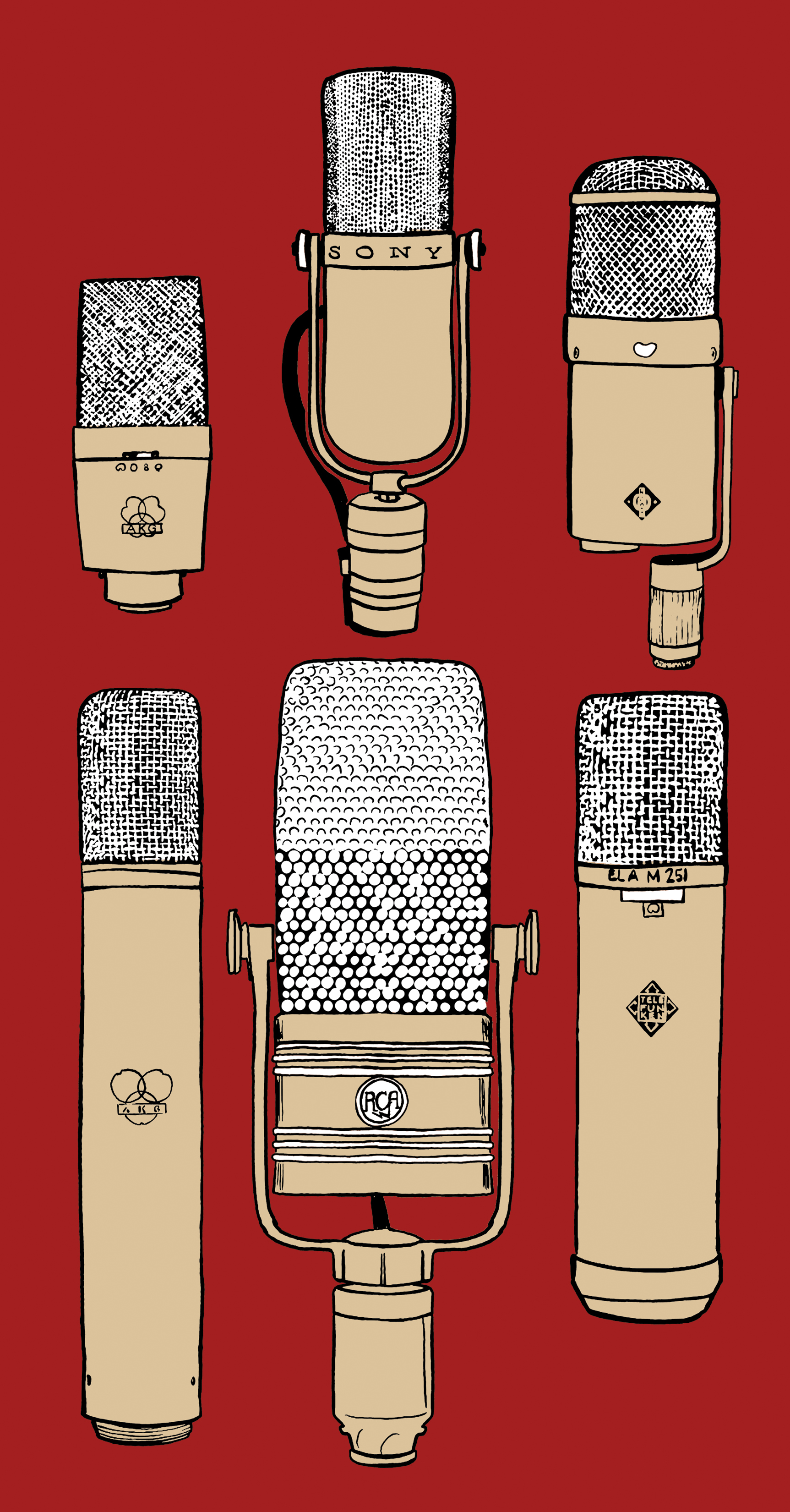When describing equipment we love, we often use words like "weight," "character," or "glue." Many would argue that the analog domain is where these adjectives thrive – I would have to agree. In my own work I lean heavily on analog inserts and analog subgroups while mixing in Pro Tools. I am always chasing that extra percent of perceived magic by asking myself, "What will make this even better?"
For a few years now, I have had my eye on gear made by Louder Than Liftoff [Tape Op #122 Behind the Gear]. They are a small company out of California, making innovative products that focus on analog "mojo" while getting to the creative side of your brain faster. Their stereo tone box, Silver Bullet, has piqued my interest for some time. In 2017, LTL announced Chroma, a miniaturized, single channel, 500 Series version of the Silver Bullet. Chroma is a mic pre and line processor that has the same Twin Tone Mojo amp topology as the Silver Bullet. Essentially you can swap entire circuit blocks in the signal path with a push of a button. The A Mojo Amp circuit contains a discrete op-amp and transformer that offers a classic American console vibe, while the N Mojo Amp circuit contains a transformer-coupled transistor amplifier that yields a noticeably British/Neve feel. The Chroma also has similar low and high shelf options that owners of the Silver Bullet will recognize. As an added bonus, Chroma accepts analog plug in cards that fit the DIYRE Colour Palette format [Tape Op #107]. This unlocks additional tonal possibilities, such as saturation, compression, EQ, and more.
After eagerly installing a pair of Chromas into my 500 Series rack, I first strapped them across the stereo bus. Instantly I smiled as I turned the gain and output knobs, while driving the circuit and toggling between A and N modes. You can certainly recognize the fast, clear transient A mode character versus the heavier chunk of the N mode's. In either mode, you can achieve harmonics ranging from subtle to very rich. The quality of the design is revealed further by pushing the Chromas into an "over the top" style of saturation. Equally nice is the very sweet sounding low and high shelf. Mixing through a pair of these does not suck!
On a drum bus, A mode is really ideal. Giving the transients a hug while still sounding fast and crisp – maybe my favorite application for the Chroma. N mode adds a nice thickness to toms and bass drum. With bass guitar, driving the N mode a bit was simply better sounding than not doing it – more of a solid low end, with added width and harmonic content.On every source that I tried these on, they just seemed to give more of an enhanced richness to the sound. More "butter in the pan" if you will – something that we all strive for in the digital age.
The additional slot for the Colour Card is what really intrigued me. I own four DIYRE Colour Palettes, and about eight different pairs of cards. Louder Than Liftoff also makes several of their own cards, which include transformers, discrete op-amps, tubes, compressors, and EQs. The Colour slot on the Chroma has an input knob (C-DRV) to drive the circuit, and a (C-MIX) knob to blend it in. On the Silver Bullet, many users like to cascade A mode into N mode to really get the analog magic happening. With the Colour Card options you can achieve the same type of tonal stacking in the Chroma. Hell yeah!
My only complaint was the recall ability on the front panel. The lack of numbers on the faceplate made it somewhat difficult to document for recall. I sent Louder Than Liftoff an email about this. The next day I actually received a phone call and email from designer Brad McGowan regarding my thoughts! He explained to me that, "each knob has a 41-detent pot for recall. The graphics around the knob are like the face of a clock. Each hash mark represents 30 minutes. Two hash marks are an hour. The in-between settings are 15 minutes." Makes sense! Though I would still prefer some sort of numbered labeling to make it easier to document quickly – the lack of numbering is perhaps a trade-off of the smaller 500 Series format.
Though the Chroma's mic pre was not the reason I initially bought these modules, they may be the reason I will never sell them! With two iconic footprints in one, what's not to like?The Louder Than Liftoff Chroma is a wonderful sounding, extremely versatile and expandable weapon of choice that's effective for both tracking and mixing applications. Whether you're looking for a tool that adds character to a mix or you just need a solid mic pre, I'd suggest the Chroma.




_disp_horizontal_bw.jpg)